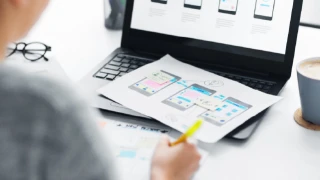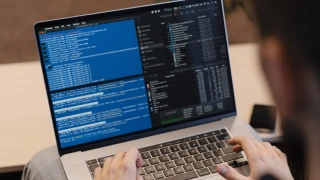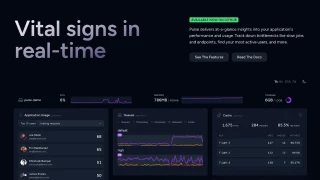- / Contents
- / UI/UX Designer vs. Product Designer: Understanding the Differences

UI/UX Designer vs. Product Designer: Understanding the Differences
UI/UX Designers focus on enhancing user experience and interface design through research, prototyping, and usability testing, while Product Designers take a holistic approach, overseeing the entire product design process from concept to completion, considering user needs, market trends, and business objectives.
In the world of design, two roles that often come up in conversations are UI/UX Designer and Product Designer. While these roles share some similarities, they also have distinct differences in terms of their focus, responsibilities, and skill sets. In this article, we'll explore the key differences between UI/UX Designers and Product Designers to help you gain a better understanding of these roles and their contributions to the design process.
UI/UX Designer: Enhancing User Experience and Interface Design
UI/UX Designers play a crucial role in creating digital products that are not only visually appealing but also provide a seamless and enjoyable user experience. Let's break down their key responsibilities:
- User Experience (UX) Design: UX Designers focus on understanding users' needs, behaviors, and goals to create intuitive and user-friendly experiences. They conduct user research, gather insights, and develop user personas to inform the design process.
- User Interface (UI) Design: UI Designers are responsible for designing the visual elements of a product or service. They create wireframes, prototypes, and high-fidelity designs that incorporate branding, typography, colors, and interactive elements. UI Designers ensure that the interface is aesthetically pleasing and aligns with the overall user experience.
- Information Architecture: UI/UX Designers organize and structure information in a way that is easy to navigate and understand. They create sitemaps, user flows, and navigation systems to ensure a logical and intuitive user journey.
- Usability Testing: UI/UX Designers conduct usability tests to evaluate the effectiveness of their designs. They gather feedback from users and iterate on their designs to improve the overall user experience.
Product Designer: Taking a Holistic Approach to Product Design
Product Designers take a broader approach to design, overseeing the entire product design process from concept to completion. Here's what sets them apart:
- End-to-End Design Process: Product Designers are involved in every stage of the product life cycle. They collaborate with cross-functional teams, including product managers, engineers, and marketers, to define the product vision, strategy, and goals.
- User-Centered Design: While Product Designers also consider user experience, their focus extends beyond just the hands-on design portion. They take into account user needs, market trends, and business objectives to create successful products that resonate with the target audience.
- Design Thinking and Problem Solving: Product Designers apply design thinking methodologies to identify and solve complex problems. They conduct user research, analyze market trends, and prototype solutions to validate their ideas and make data-driven design decisions.
- Iterative Design Process: Product Designers embrace an iterative approach, continuously refining and improving their designs based on user feedback, market insights, and business goals. They work closely with development teams to ensure the final product meets both user and business requirements.
Conclusion: Complementary Roles in the Design Ecosystem
In summary, while UI/UX Designers and Product Designers share a common goal of creating exceptional user experiences, their roles and responsibilities differ in scope and focus. UI/UX Designers specialize in enhancing user satisfaction through intuitive interface design and seamless interactions. On the other hand, Product Designers take a holistic approach, overseeing the entire product design process and considering user needs, market trends, and business objectives.
Both roles are essential in the design ecosystem, and successful product development often requires collaboration between UI/UX Designers and Product Designers. By leveraging their unique skill sets and perspectives, these professionals contribute to the creation of innovative and user-centric products that meet the needs of today's digital landscape.
So, whether you're considering a career in design or looking to collaborate with design professionals, understanding the differences between UI/UX Designers and Product Designers will help you navigate the design landscape more effectively and make informed decisions.
Remember, the world of design is constantly evolving, and these roles may vary across different organizations and industries. Embrace the opportunity to learn, grow, and adapt as you embark on your design journey.
https://www.youtube.com/watch?v=S6maF4tICPs















